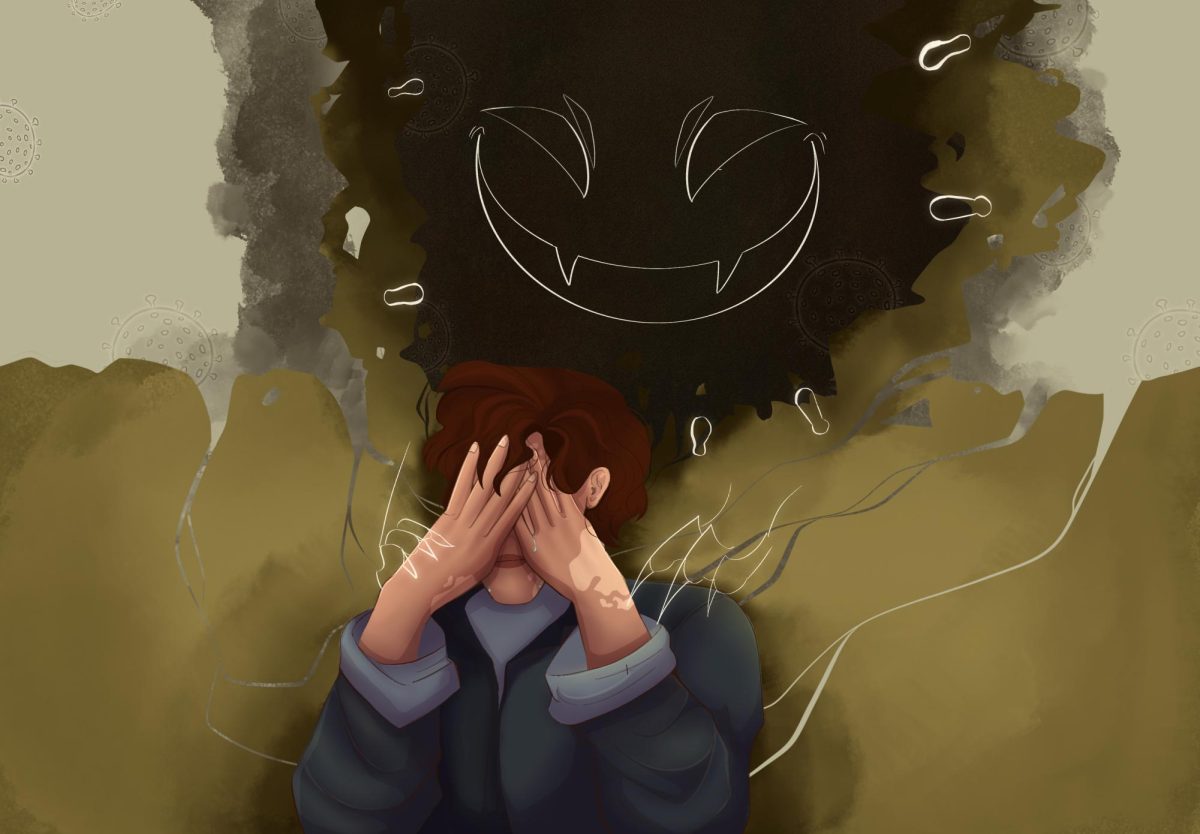The COVID variant JN.1 is a dominant strain. However, the strain’s symptoms are easily detectable and treatments are straightforward.
Viruses are infectious microscopic organisms that invade and live off of host organisms such as humans, plants, or animals. Viruses are inactive outside of their host cell and cannot reproduce as they are unable to store or capture energy. However, once they hijack the host organism, viruses invade the host cell to use the cell’s energy and cellular machinery to replicate itself.
Mutations occur in viruses when an error in the virus’s genetic code replicates. Most mutations that occur lead to negative outcomes and characteristics, but a few mutations may end up benefiting the virus. For example, if SARS-Cov-2, the virus that causes COVID-19, developed a mutation that would allow it to infect more effectively, the mutation would be an advantage for that variant.
A mutation in a virus causes a variant of the virus to arise. Variants have differences in their genetic code when compared to the original virus. Strains are similar to variants, only they exhibit different physical properties due to their genetic modification. Not all variants are strains; however, all strains can be considered variants.
JN.1 is currently the most dominant variant of the SARS-Cov-2, accounting for almost 86% of strains. JN.1 is a descendant of the BA.2.86 variant. The BA.2.86 variant mutated around 30 times to avoid immunity. Although this variant was circulating during early fall of 2023, there was no reason for concern since the variant was not driving an increase in infections. Through additional mutations, the BA.2.86 variant resulted in the JN.1 strain. Similar to its parent variant, JN.1 has immune evasion along with an ability to transmit more effectively.
Although vaccines and previous infections offer immune protection from viruses, immunity declines as new variants are born. The SARS-CoV-2 variants circulating are different from those that were circulating previously; the vaccines used to treat previous variants will not be effective against the JN.1 strain.
Registered nurse Joseph Michael says that the symptoms of JN.1 are similar to those of previous variants. The symptoms include heaviness in the chest, fever, sweating, and coughing. Treatments are also straightforward.
Students should be aware that it is possible to test positive for any kind of strain for up to 30 days.
“So just because you got tested, let’s say March 1, you can still test positive up to March 30. So a lot of patients and students are afraid ‘Oh, I’m still positive.’ Yes, that’s okay; as long as you’re symptom-free and fever-free, you come back to school.” registered nurse Katie Taylor said.
If students test positive for JN.1, they are expected to treat symptoms by taking fever-reducing medicine like Tylenol or Advil and are allowed to return to school if they are free for 24 hours. When returning to school, students are advised to wear masks in order to protect themselves and other students.
In case students believe they might have JN.1, they have the option to visit the nurse’s office and pick up a COVID test.
“We don’t have to test students here at school, but they test when they go home and we always have tests available,” Taylor said.



